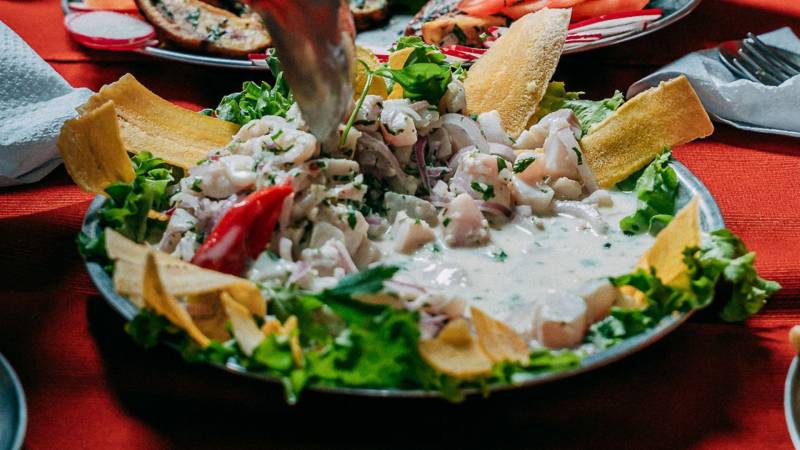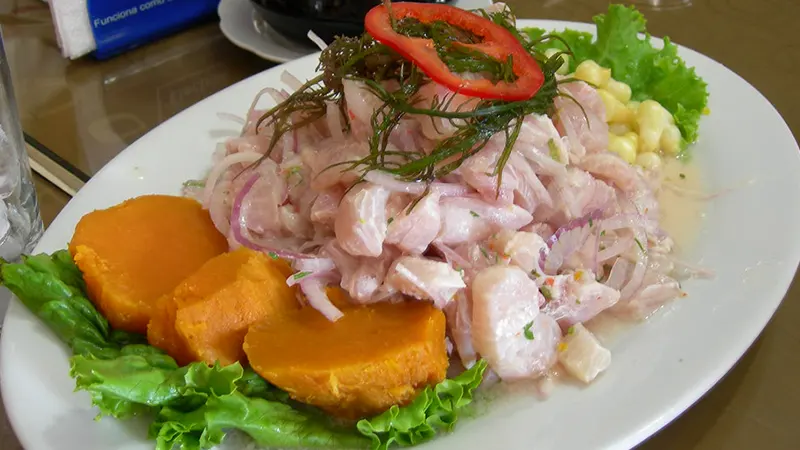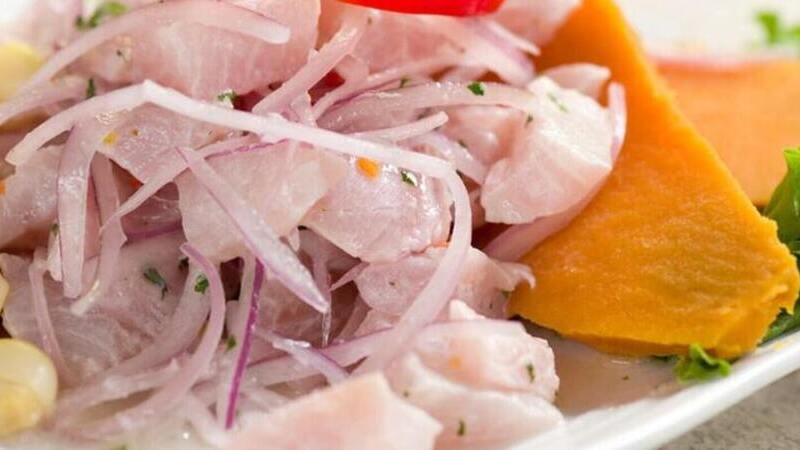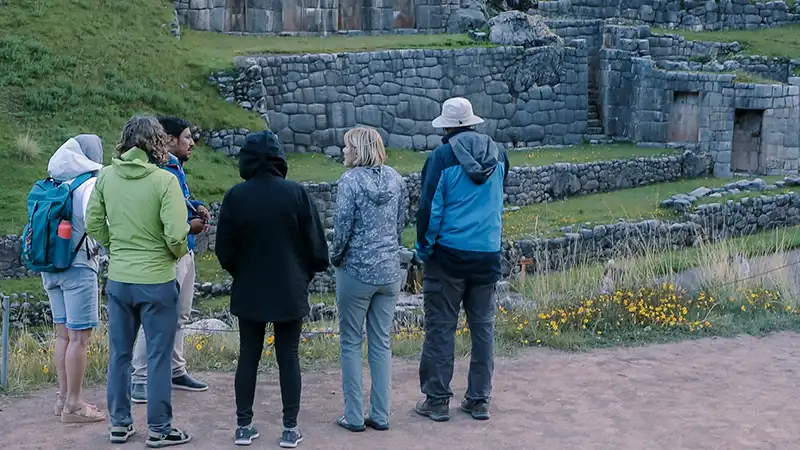Huatia is an Andean dish traditionally eaten by the Quechua and Aymara cultures. Today, it is part of the cuisine of Peru, Bolivia, Argentina, and Chile. It is a traditional method of cooking potatoes in the ground, which allows for a connection with Pachamama. This practice takes place in the Peruvian Andes during the harvest season, which runs from May to July—a period during which the Andean people paid homage to Mother Earth (Pachamama).
Peruvian food is magical. And it becomes even more intriguing when you learn that huatia has its own history, dating back even before the Incas.
Huatia Meaning
The term "Huatia" derives from the Quechua words “Watya” or “Kurpay,” meaning "clod of earth." In the Aymara language, it is known as “Waja.” It has the characteristic of a clay oven that is carefully built in the shape of a pyramid.
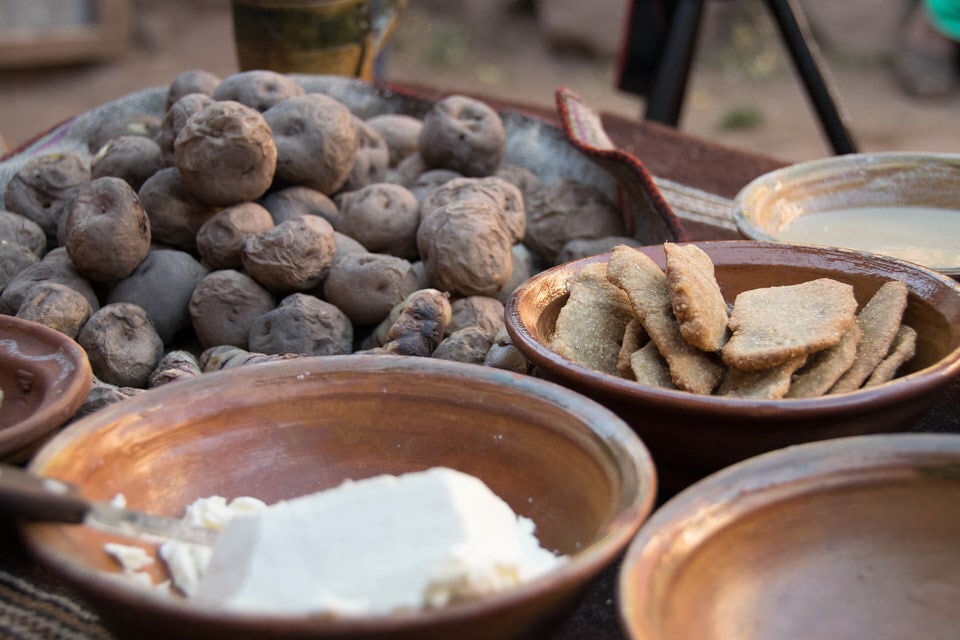
Some authors discuss the origin of the meaning of Huatia:
- The chronicler and priest Francisco de Ávila describes Huatia as a God "Huatiacuri or Watyaquriq." He, the son of the powerful Pariaqaqa, hid his divinity in a miserable appearance. He fed only on potatoes roasted in heated earth.
- Guaman Poma de Ayala identifies Huatia with the month of July under the name Huacaycusqui. He portrays an elder character who carries a vessel, known as "Huatio," a deity responsible for agriculture. Huatio accompanied the peasants, protected the crops and harvests, and always appeared as a humble man who seemed to emerge from the earth. Huatio means "the one who grows potatoes and the one who eats potatoes."
During the dry season and harvest time, they performed this activity. Because of the absence of rain, which made the ground harder. This was specifically done during the months of May to July.
How to Cook Peruvian Huatia
Ingredients:
- Potato
- Oca
- Portions of Meat (chicken, guinea pig)
- The cooking time for Huatia is 30 to 40 minutes
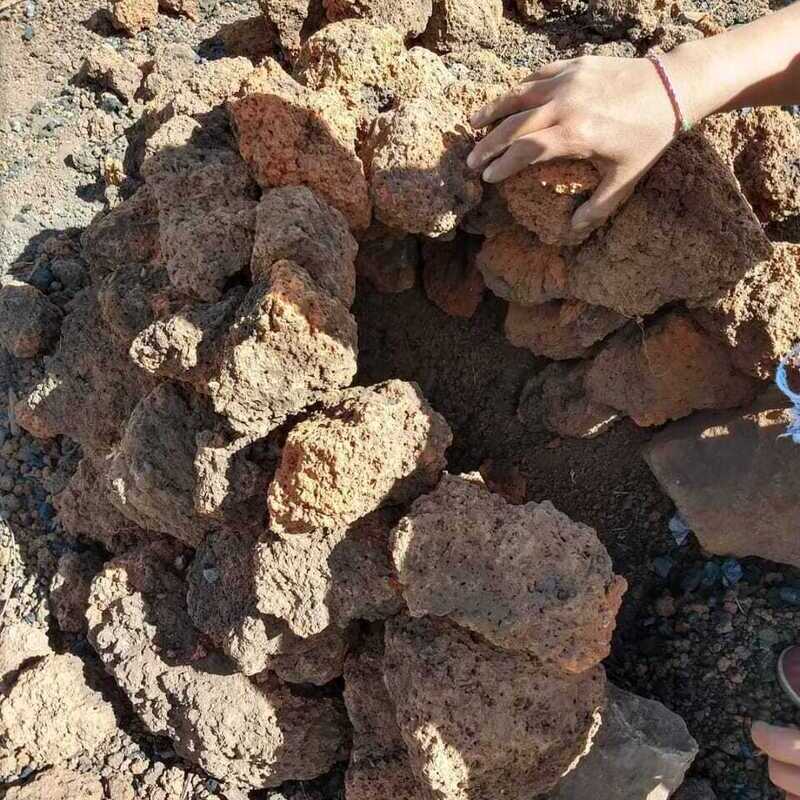 | 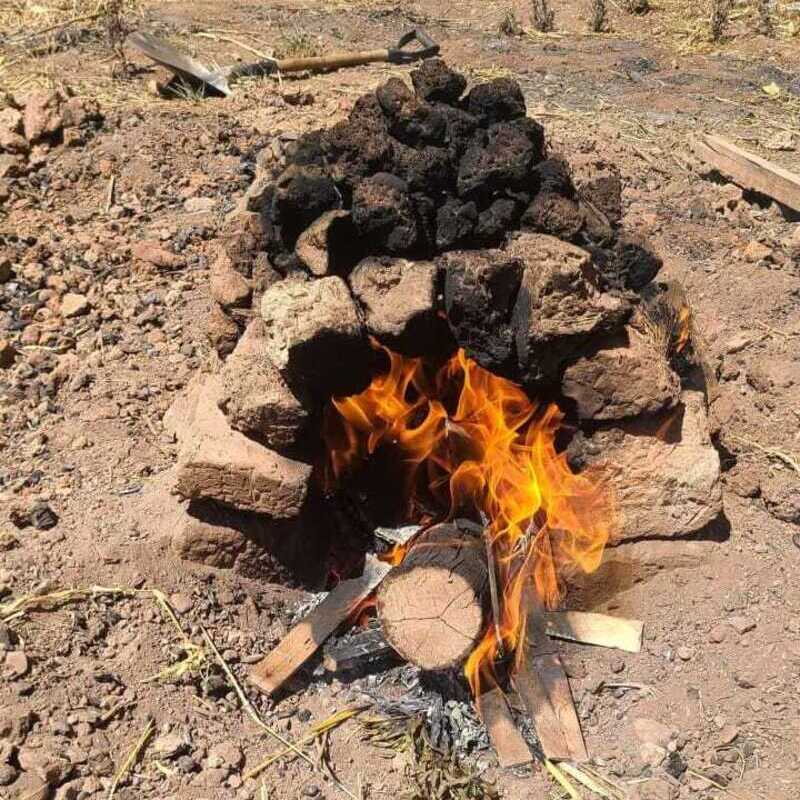 |
Preparation:
- First, dig a hole in the ground the size of the oven you want. Then, build the oven using clods of different sizes.
- Once the oven is finished, light the fire and stoke it with wood until the oven is red hot.
- When it’s hot, remove the residues from inside. Then, place the potatoes and other products you want inside.
- Now, begin breaking down the hot clods using a stick. Cover with soil to prevent steam from escaping.
- Then, wait 30 to 40 minutes for the food to cook.
- Finally, carefully dig around the sides. Gradually extract the cooked and hot food.
- You can accompany it with cheese, salad, and ground chili. In the Puno region, it is accompanied by chaco (an edible medicinal clay).
History of the Ceremonial Food
In the Ritual Act
Through the huatia, they offer the best foods to Mother Earth as a form of gratitude. Fertility and food production are the main reasons for this thankfulness. The connection between man and the earth was important. Eating directly from the earth's depths honors the soil's fertility. It serves as an act of gratitude and a symbolic celebration of the earth.
During the Inti Raymi (Sun Festival)
This ritual sought to give warmth to the Pachamama because the sun moves away from the earth. In this way, the beginning of the cold season is marked.
During the Inti Raymi celebration, the population would dig holes in the ground. Then they cooked food with the previously heated earth. It is a symbolic act to give thanks for her generosity.
On a magical dawn of Inti Raymi, the Huatio (the main priest) waited for the arrival of "Suchu." Because this divine being would take cooked fruits and chicha de jora to the sky. His goal was for the sun to regain its strength.
In the Inca era, they performed it for the following reasons:
- Gratitude to the Pachamama and the Sun God.
- Purification of the fruits obtained from the earth through cooking.
- It symbolized the regeneration of life in the fields.
When the Spanish arrived
The Spanish conquerors considered it as "native food." They adapted it to use clay pots over the fire to prepare the food. They named this version Huatia Surcana. Additionally, they added ingredients like fava beans and sweet potatoes.
In the present day
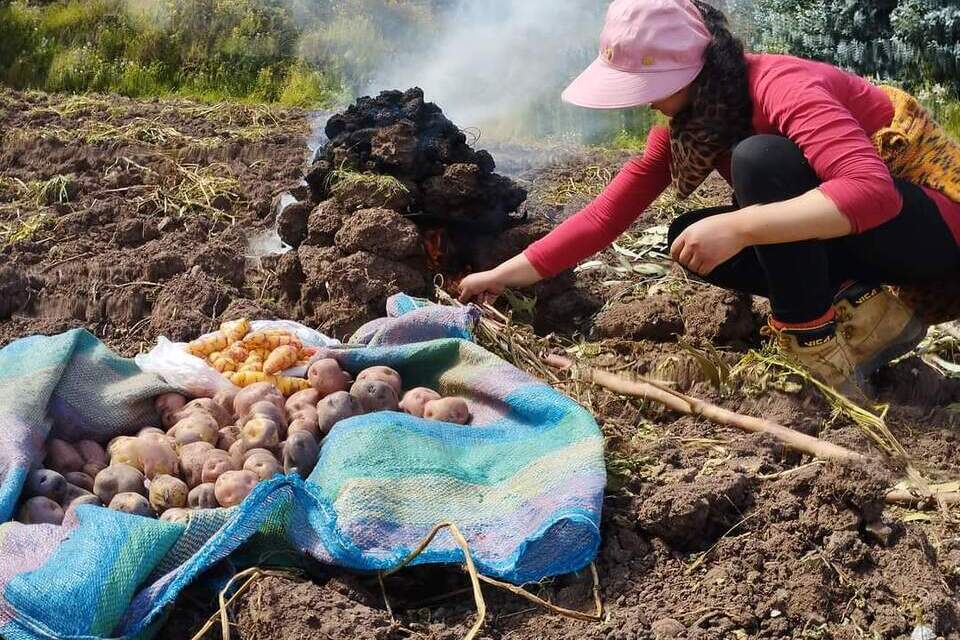
Despite the modifications made by the Spanish, the Huatia "Andean stew" has survived to the present day. People frequently consume it during special seasons. In the Cusco region of Peru, the population prepares their huatia on July 24th. Additionally, with modern tastes, they now add various products to suit personal preferences. Some include different types of meats like chicken and guinea pig.
Takeaway
Huatia will surprise you because, in addition to connecting you with Mother Earth, these foods cooked in the ground retain their nutritional properties and flavor. If you travel to Peru and Cusco, you have to try it.

